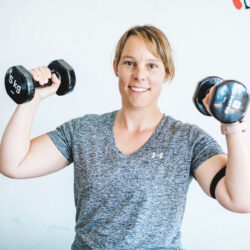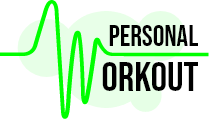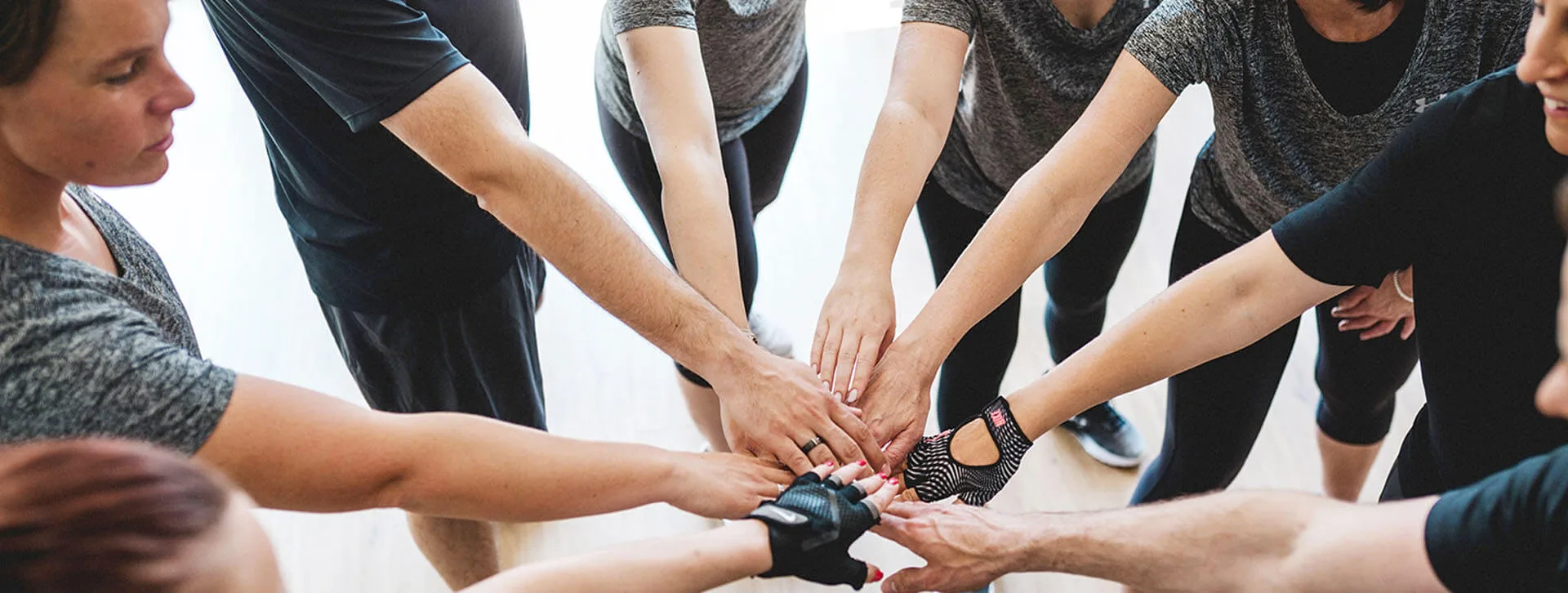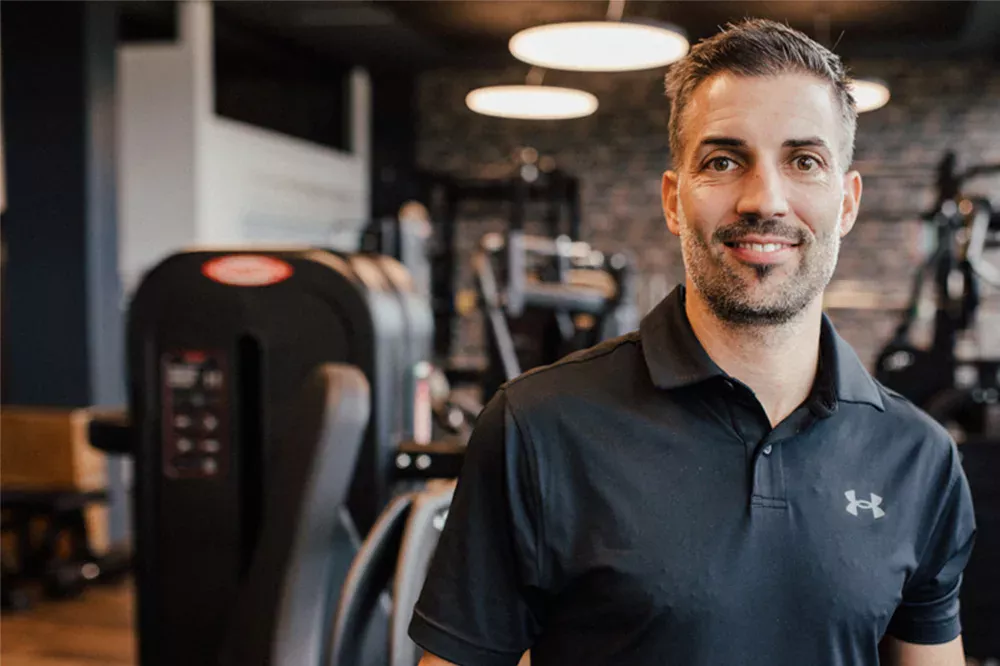Build muscle & strength naturally or shape your body
Targeted muscle building or body shaping thanks to a good training plan
When it comes to building muscle in a natural and healthy way, we all face some pretty big challenges at first. Marc, owner of Personalworkout, can tell you a thing or two about this. To achieve his muscular, toned physique, he too needed a personalised training and nutrition plan.
If you are aiming for big muscles, targeted strength training paired with the right diet is the right recipe to achieve your goal.
But not everyone strives for big muscles. Women in particular are downright afraid of getting a (too) muscular body through strength training. If you simply want to define and shape your body or build muscle in certain areas, such as the buttocks, then read on
Muscle Building & Body Shaping
Believe it or not. Both muscle building and body shaping can be achieved with the same training philosophy, the same equipment and with similar training plans.
Of course, there are differences in training frequency and thus also in the number of repetitions required per muscle group. The main difference, however, is the diet. In addition, there are of course genetic and hormonal differences between the two sexes that need to be taken into account.
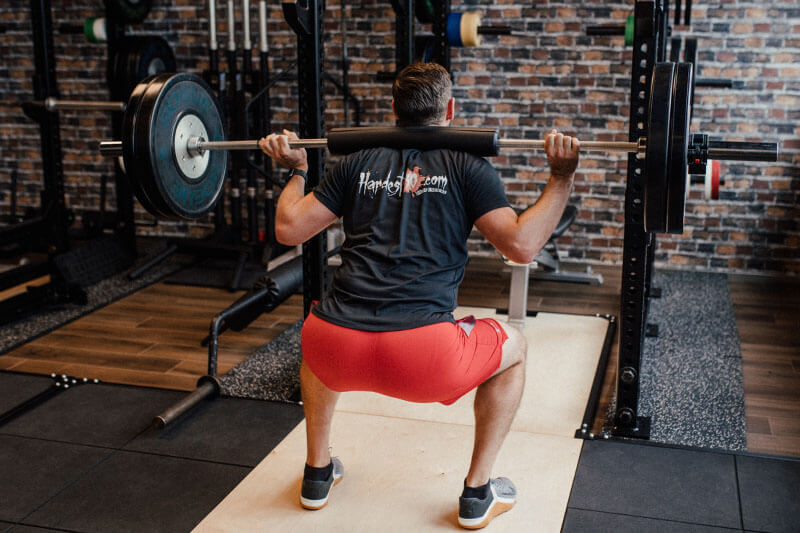
Back training

One possible reason for choosing strength training can be back pain. The two most common causes of back pain are insufficiently developed back and gluteal muscles. Incorrect everyday use of these muscle groups can also be a trigger for complaints.
Whether on your own initiative or on a doctor’s prescription – the decision to do something for your back is certainly one of the best you can make for your health.
Many of our customers are struggling with severe back pain when they come to us. Almost all of them are permanently free of pain after targeted back training and can enjoy their lives to the full again.
Six-pack and abdominal muscle building
It’s not just the training weight that influences your training results. The equipment you use is also important. Machines have their usefulness and of course we have some to.
But we also work a lot with classic dumbbells and barbells or cable pulls. They are used for so-called compound exercises. The advantage of such exercises is that they train more than one muscle group at a time. This allows you to train more of the whole body, including the abdominal muscles. Such strength exercises are more functional and more similar to everyday movements.
Compound Übungen wie Klimmzüge oder Squats (Kniebeugen) helfen, die Abs (englisch für Bauchmuskeln) auszuprägen. Hin und wieder machen auch gezielte Bauchübungen für den Muskelaufbau am Bauch selbst Sinn.
Nevertheless, it is primarily nutrition that determines whether you get a six-pack on your stomach or a six-pack in the fridge. It is therefore somewhat surprising that far too little attention is still paid to the nutrition factor in strength training.
Fitness Blog
Slim hips & firm bum
Different parts of the body require a different focus in order to achieve the desired goal. A slim hip is mainly achieved through the right diet, while a toned bum is achieved through targeted training.
A slim hip is influenced by two circumstances. The lower your body fat percentage and the less fat you have on your stomach and hips, the slimmer you are. However, your hips also appear slimmer when your muscle mass increases.
If you want a tight bum, you need to train your glutes often and intensively enough. A little hip lift or hip thrust can make your bum a little rounder at first, but eventually you will need to add weight to it.

Body shaping or weight gain

The two goals of «body shaping» and «building muscle mass» also differ in terms of the amount of calories needed to achieve these goals. If you eat about the same amount of calories as you burn, or slightly less, you will optimally build muscle mass and reduce your body fat percentage at the same time. Your weight will remain more or less the same, but your body will become more defined
The situation is different if you want to gain weight and build maximum muscle mass. Then a calorie surplus is required. This is also the reason why you can never build maximum muscle mass and remain maximally «lean» and «defined» at the same time. The goal of being defined can be achieved, for example, after intensive muscle building just before the summer.
No matter which strength athlete or bodybuilder you speak to, they will all confirm that the most difficult part of gaining weight or building muscle is not the training, but the diet. While some would like to eat more, for others it is the biggest pain.
Muscle building after 40
It is true that building muscle at 40 is no longer as easy as it was at 20, when testosterone production is still in its prime. However, successful muscle building is still possible. Marc has now cracked 40, continues to train diligently and is still making progress. Analyses of the measurements of our customers over 40 consistently show that good muscle building is still possible at this age.
Above all, and this is the most important thing, we counteract the age-related loss of muscle mass with targeted training and thus remain fit and independent for longer.

Nutrition plan for muscle building
If you want to rebuild or enlarge a house, you need materials to do it. The same applies to building muscle. For a healthy muscle build-up, it is important to do this just as naturally and in a balanced way as for body fat reduction. Often this requires more protein than you think and is used for eating.
Two grams of protein a day per kilogram of body weight is a good benchmark. Even though too much importance is often attached to the so-called «anabolic window», the intake of nutrients spread throughout the day actually plays an important role here.
We create a customized nutrition plan tailored to your goals and needs. Simply choose between Light and Max. Max includes a goal-specific calorie calculation, macronutrient distribution, and a personalized meal plan with calorie details, all based on your preferences.
TRAINING plan for muscle building
Creating a good training plan for muscle building or body shaping is a science in itself. Why is that?
- It should provide for sufficient weekly volume (repetitions) per muscle group without the individual training sessions being too long. The training sessions must not overstrain the body, otherwise there is a risk of injury or other illness.
- A training plan should overload the muscles in different phases at different angles.
- Enough time should be spent training with the training plan to ensure muscle growth, but not too long to reach a plateau where the muscle becomes “bored” and growth stagnates.
- The different strength components should be trained with different repetition cycles and an appropriate length of rest. Even a bodybuilder should not always do 8-12 repetitions!
These are just some of the points to consider when creating a strength training plan.
Another important aspect is the individualisation of the training programme, for example taking into account age or other personal characteristics. In this way, we ensure that all our customers remain motivated until they reach the goals they have set.
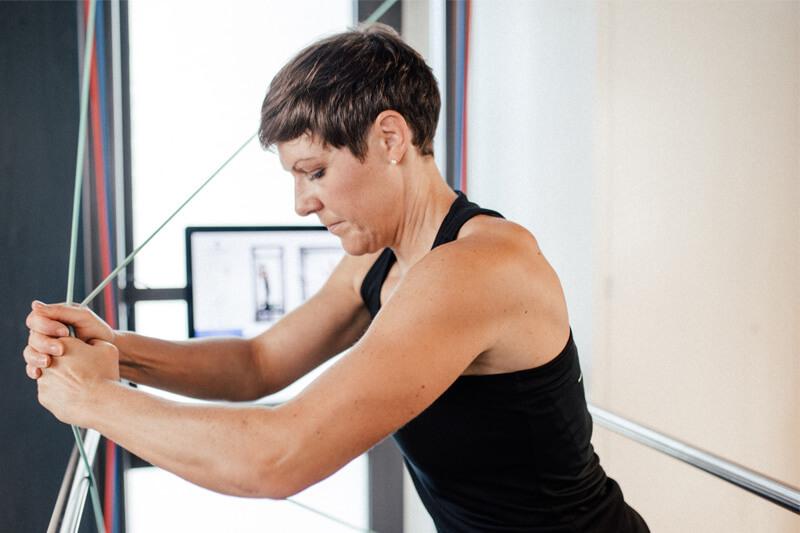
What a holistic approach to muscle building should include
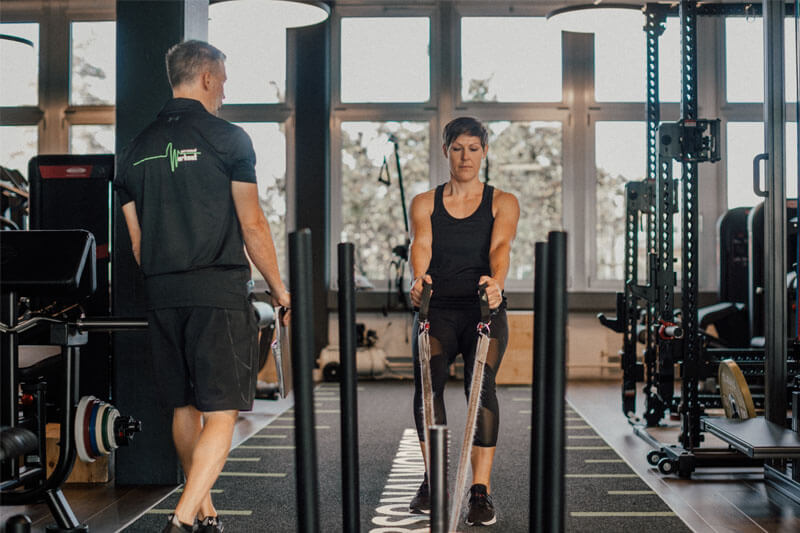
t is often forgotten that strength training only provides the stimulus for muscle growth. Proper recovery afterwards is at least as important as the training itself. Recovery and adaptation mainly take place during sleep. Good and sufficient sleep is therefore essential to maximise muscle growth.
In addition to the sleep factor, there are various other components that need to be taken into account for successful muscle building. Protein synthesis that does not function optimally or an intestine that does not absorb nutrients optimally have a negative impact on the efficiency of muscle building. The same applies to stress, blood sugar fluctuations, mineral deficiencies, inflammation or frequent illnesses.
Our extensive medical expertise and the inclusion of scientific tests, such as blood analysis or stool diagnostics, enable us to keep an eye on these influences at all times. This enables us to prevent plateaus in good time (no change in muscle build-up despite intensive training) or to react accordingly if they occur.
With our personal training packages, we give you everything you need to finally see the price of your hard work in the gym in the mirror! Simply get in touch for a free, non-binding initial consultation. We are curious about your motivations and look forward to getting to know you better.
FAQS
What really helps build muscle?
Effective muscle building consists of several components. In addition to regular strength training with controlled progressive overload, you need a protein-rich diet and sufficient recovery and rest periods between training sessions. A good personal trainer helps you build endurance and get fit. They create your optimal training and nutrition plan, guide you through all phases, and motivate you to persevere even during challenging times, leading you to success.
How can I best build muscle?
The best way to build muscle and shape your body is through regular strength training. Use weights, fitness machines such as a power station, or your own body weight. Equally crucial for success are regular recovery and rest periods, during which actual muscle growth occurs. Additionally, a balanced and protein-rich diet (about 2 grams per kilogram of body weight) and sufficient sleep (7-9 hours) are essential. A good personal trainer provides personalized training and nutrition plans tailored to your needs, ensuring you reach your desired goal as quickly as possible.
How long does it take to build 1 kg of muscle?
Muscle building is always a «slow» process because sufficient recovery and rest periods between training sessions are necessary for actual muscle growth. As a rough guideline, most people need several weeks to months to build 1 kilogram of muscle mass. The speed of muscle growth is significantly influenced by your fitness level, the number of regular training sessions, your diet, and, to a large extent, your genetic predisposition.
How often should a muscle be trained per week?
The weekly training plan for muscle building is defined not only by individual predisposition but also by specific goals, such as achieving a six-pack or a toned butt. Generally, it is recommended to train each muscle group 2 to 3 times per week to allow for the necessary recovery and rest periods in between. A good weekly training plan also includes controlled progressive overload of the targeted muscle groups and varied exercises. A skilled personal trainer will create your perfect individual training plan, monitor your progress, and adjust the training regimen before reaching a plateau (stagnation in muscle growth).
Challenge of the Month
What Clients Say


